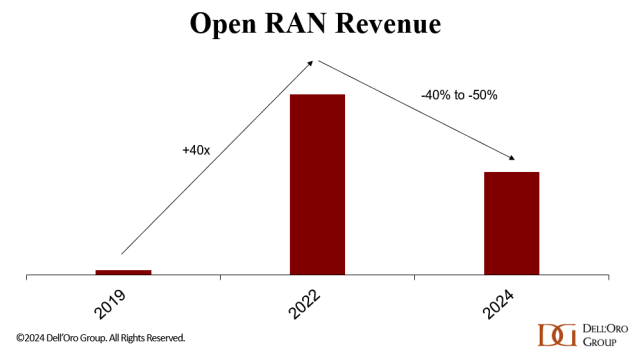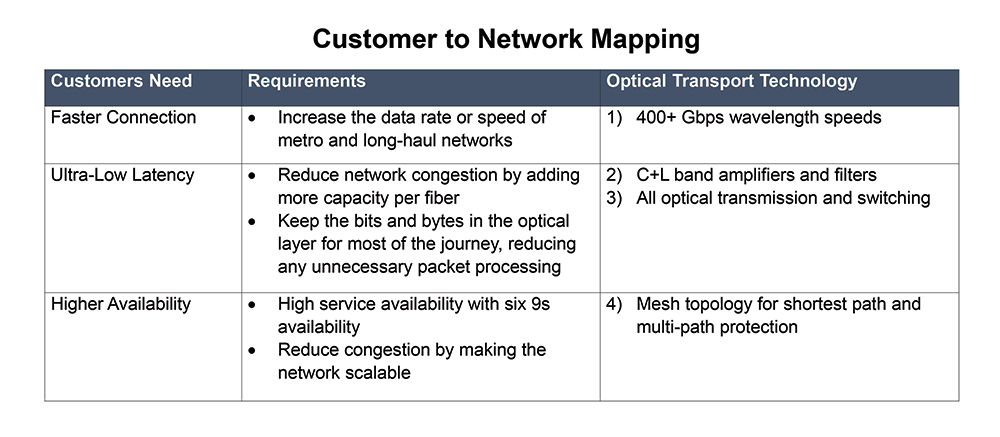[wp_tech_share]
At last week’s SCTE TechExpo, Comcast announced that Rogers Communications, Canada’s largest cable operator, will be licensing Comcast’s broadband access network design. This includes DAA equipment, CPE, and other network monitoring and management elements. Now, Rogers syndicates Comcast’s broadband access architecture and components, in addition to the X1 video platform, which it has been licensing since January 2017.
This announcement was only a surprise in its timing, as rumors had been swirling for months, if not years, that Comcast would be syndicating its broadband network design and corresponding network elements to other cable operators. In fact, back in 2017, I wrote an article titled “Comcast’s Hands-on Approach to the Headend and Home,” where we speculated about Comcast moving in this direction. This was largely because it had already gained experience by syndicating its X1 video platform and aimed to “streamline the lengthy cycle of product definition, development, testing, homologation, and deployment. Comcast has signaled its intention to define the future access network in conjunction with its technology suppliers. Through the development of an RDK-like operating system designed to provide a standard reference point for the creation, provisioning, and management of broadband traffic and services.”
Virtualizing the Broadband Access Infrastructure
Further, the article argued that Comcast is working on virtualizing its broadband access infrastructure and all the software elements in order to create an operating system for DOCSIS networks and broadband services, in general. “Again, we believe the idea here is for Comcast to exert the same level of operational control over its broadband access network as it is doing in subscribers’ homes (with X1), by developing an access network operating system upon which all CCAP, optical node and optical line terminals (OLTs) will run. This operating system will extend the existing DOCSIS specification into a virtualized environment, providing specifics for the provisioning of broadband services across the entire access network. Additionally, it will incorporate APIs to tie into RDK-B and extend service provisioning into the home. This new system, called s RDK-A (RDK for Access) will allow Comcast and any of its licensees to move faster toward a more virtualized future.”
Comcast’s Partnership with Harmonic and CableOS
At the time the article was written, the focus was on software, particularly the CableOS vCMTS platform from Harmonic that Comcast had selected to serve as its primary platform moving forward. Back in September 2016, Harmonic announced a warrant agreement with Comcast allowing the operator to potentially acquire 7.8 million shares of Harmonic stock based on sales and deployment milestones of Harmonic’s CableOS product. At the time, the article noted that “the agreement with Harmonic is interesting because the company has not been a major supplier of CCAPs to Comcast. But Harmonic’s CableOS (now cOS) platform addresses the anticipated changes Comcast and other MSOs will see in their broadband access networks.” We speculated that “not much is known regarding the specific software elements that Comcast is looking to incorporate into its longer-term vision of an access network OS. If this is the case, it is a potentially huge win for Harmonic. It could mean the licensing of its CableOS software to other cable operators. For Comcast, this would ultimately mean more control, technologically and economically, over how broadband services are created and delivered from its network, which will be absolutely critical as broadband encompasses fixed, Wi-Fi, and mobile networks.”
We could not have predicted that Comcast’s licensing blueprint would go well beyond software and control plane functions to also encompass amplifiers, remote PHY devices, and machine learning tools all designed to help cable operators reduce their time to market and improve their overall network reliability.
Why Rogers is the Right Partner
Beyond having already been a long-time customer of Comcast’s X1 video platform and having recently signed a 10-year deal for ongoing access to Comcast’s video platform and CPE, Rogers Communications was the right partner at the right time for Comcast, for two reasons: First, the company has been occupied with its massive merger with Shaw Communications, Canada’s second-largest cable operator. The deal, which was first announced in 2021, officially closed in 2023. However, the hard work of bridging their networks and vendors is still ongoing, taking valuable network planning resources and personnel.
Second, back in July 2022, Rogers experienced a major network outage that impacted not only 12 million Rogers broadband and mobile customers, but also a number of ISPs with wholesale access to Rogers’ network. The outage, lasting from 15 hours to multiple days, resulted in Rogers having to give out approximately $150 million in customer credits. Rogers also developed a $10 billion plan to improve network reliability over three years to prevent, or at least minimize future outages.
Adopting Comcast’s broadband access network blueprint made sense for an operator under heavy pressure to prove to its subscribers and the Canadian Government that its network challenges were behind it. Now, Rogers can focus on marketing and selling its services, especially as it faces intensifying competition from Telus and Bell Canada, both of which are moving forward with major fiber overbuilding projects.
Which Access Technology is Right for Rogers?
Comcast is moving full-speed ahead with Full Duplex (FDX) DOCSIS 4.0. Rogers has already publicly communicated that it is testing FDX technology in its lab. However, is that the right choice for Rogers, and, does the licensing of Comcast’s access network blueprint mean it is on a path to FDX, as opposed to Extended Spectrum (ESD)?
Similar to Comcast, Rogers has both a node plus zero portion of their HFC networks, as well as a more traditional node plus five or six portions. We estimate that the node plus zero covers around 1 million homes, while the more traditional HFC plants 3 million homes. In that node plus zero portion, Rogers has deployed GPON but is in the process of upgrading to XGS-PON. Shaw also has a smaller fiber footprint, but instead of GPON, Shaw has deployed 10G EPON.
For the bulk of its HFC footprint, Rogers was previously rumored to be on the path toward deploying ESD using 1.8GHz amplifiers. However, given the new licensing arrangement with Comcast and the additional spectrum management tools the Comcast solution provides, Rogers could very well be considering deploying more FDX throughout its system. This is especially the case if the amplifiers are proven to work consistently in node plus 6 and even node plus eight environments. Both the Rogers and Shaw plants have long spans and larger amplifier cascades to deal with.
Though FDX amplifiers are presumed to be considerably more expensive than 1.8GHz amplifiers, it can be argued that the cost savings in not having to swap out taps, which is required in ESD deployments, makes FDX a wash on a per-home basis. Time will tell whether this is true or not.
Also, there is something to be said for the idea of being able to use the shared spectrum of 108 MHz to 684 MHz dynamically across both the upstream and downstream based on traffic demands. Combining that flexibility with additional machine learning tools to anticipate network issues could go a long way to restoring customers’ faith in the Rogers network.
It’s also worth noting that Comcast’s licensing arrangement also provides for the management of fiber networks using both headend OLTs and remote OLT modules. So, Rogers and any other potential licensees could adopt the framework across both their DOCSIS and fiber footprints.
Will Comcast Technology Solutions License to Additional Cable Operators?
The ongoing (and now very real) threat of Comcast’s entry into the broadband access technology licensing game has certainly disrupted the vendor landscape. If you have not been supplying Comcast with vCMTS, RPD, amplifiers, or other technologies, then the TAM for your products certainly takes a hit, especially now with the combined entity of Rogers and Shaw being taken off the table.
The question now is this: Are there any other operators who could potentially license Comcast’s broadband access solution? The obvious candidates are the operators who have been licensing Comcast’s X1 video platform. Besides Rogers and Shaw, these include Cox Communications and Videotron.
At this time, however, we don’t believe any of these remaining operators are interested in licensing Comcast’s broadband architecture and services. X1 was timely because it provided an advanced UI and backend video management platform for a service (broadcast TV) that was hemorrhaging subscribers amidst increasing content costs. Broadband is not in that same situation. Plus, operators are far more reluctant to potentially cede roadmap control to another operator—especially since they have already been doing that in some cases with their equipment vendors.
But if operators continue to have difficulty adding broadband subscribers, especially with competition increasing and margins potentially decreasing, then that could open the door for Comcast to expand its broadband access licensing footprint. Just as Broadcom has made its unified DOCSIS 4.0 chipset available to all operators in an effort to build scale, Comcast is looking to build a similar scale for its offering. It won’t be a significant money-maker for the operator, but more a mindset and market-maker.

